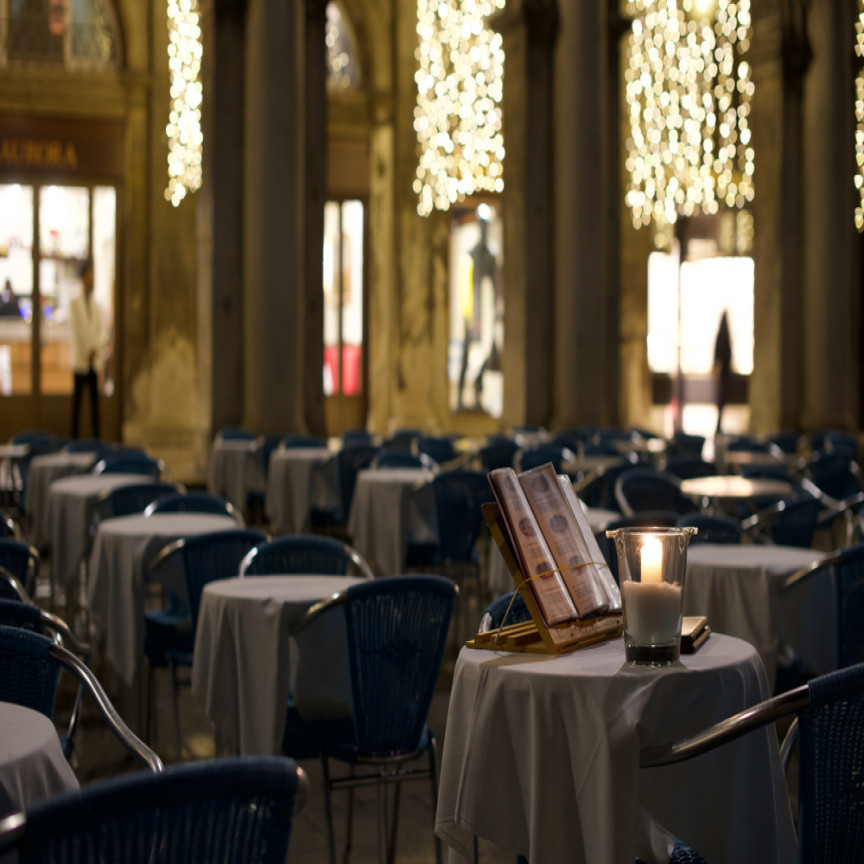When whirling winds uproot massive trees, saplings dodge the blow by flexibly changing their inclination. While some self-conceited ones might call it stooping, others would take it as a part of the evolution to see the next bright day. Probably the key to survival in the face of an undaunting storm in the woods do not lie in the strength, but how swiftly one changes itself with the situation. Australian restaurants appear to mirror a similar Darwinian evolutionary theory, as they endeavour to adapt to the worsening scenario.
Covid-19 has shaken the very foundation of stability, as it appears to wreak havoc in the different spheres of human civilisation. While the common man’s concern swirls around the fulfilment of the necessities, manufacturers and governments worry about the failing business and the dwindling economy. According to WHO, as on 8 April 2020, with the addition of 112 new cases, total coronavirus cases in Australia reached 5,956, and death toll mounted to 45. As a tool against the medical calamity, lockdown takes a reckoning force, shutting down all the non-essential operations.
Restaurants turning into centres for takeaways and delivery
Amidst such circumstances, when the ban on non-essential goods left restaurants bereft of their income, they have set towards innovative ideas. Well, many Australian restaurants have found their new income source in delivery and takeaway operations to help them thrive during difficult times.
Acting on the primal instinct of survival, as dine-in services along with other non-essential services entirely closed down, many restaurants are delivering necessary goods to consumers. The shutdown of restaurant services has severely affected revenue of the owners, along with their staff who heavily depend on the business income. Adaptation of restaurants, cafés, pubs and other eateries into convenience stores not only ensure income in the times of crisis but also help customers in avoiding long ques in supermarkets.
As dine-in facilities have been temporarily shut down, many restaurants are also providing takeaway services to customers, while also conforming to social distancing norms. The customers can pick-up or order for dinner packs as well for beverages through restaurants.
With no ongoing operations on restaurant premises, they are being utilised for undertaking a different set of income churning essential services. For the delivery, many restaurants have collaborated with various delivery partners such as Deliveroo and Uber Eats, that already have a substantial customer base.
Problems Encountered in Sustaining the Profits
The restaurants reinventing themselves to stay afloat during the time of crisis have been facing challenges in terms of delivery. While pick-up services are available, customers are avoiding getting out of their homes. In such a situation, food delivery remains a potent source of income without normal restaurant dine-in activities. However, many of the restaurants do not have direct contact with customers who generally turn to well-known food delivery apps. Moreover, innovative solutions such as contactless delivery implemented by such apps are further attracting customers’ preference for such platforms.
Amidst such challenging times, many are utilising food delivery channels for delivering necessary goods and services. However, collaboration with such companies is causing profit issues as platforms such as Uber Eats or Deliveroo take commission fees as high as 30%. During such times when core operations are suspended and restaurants are struggling to thrive on temporary supplementary measures, such a substantial proportional sum may affect the employer’s ability to function effectively.
Adding to the woes of current struggles, Deliveroo has introduced the ‘Essentials’ service, allowing people to order grocery without leaving the safety of their homes. It further enhances competition and struggles for restaurants.
Outlook
The struggle for survival in the current uncertain scenario takes full force. With no surety about job security, income stability and amelioration of the existing Covid-19 situation, the panic is inevitable.
In the face of such a crisis, when the governments are taking all possible measures to curtail the infection, people are leaving no stone unturned to withstand the turbulence. As we look for the flattening of the infection curve, it would be interesting to note whether restaurants continue to adopt fresh directions or go back to square one.




